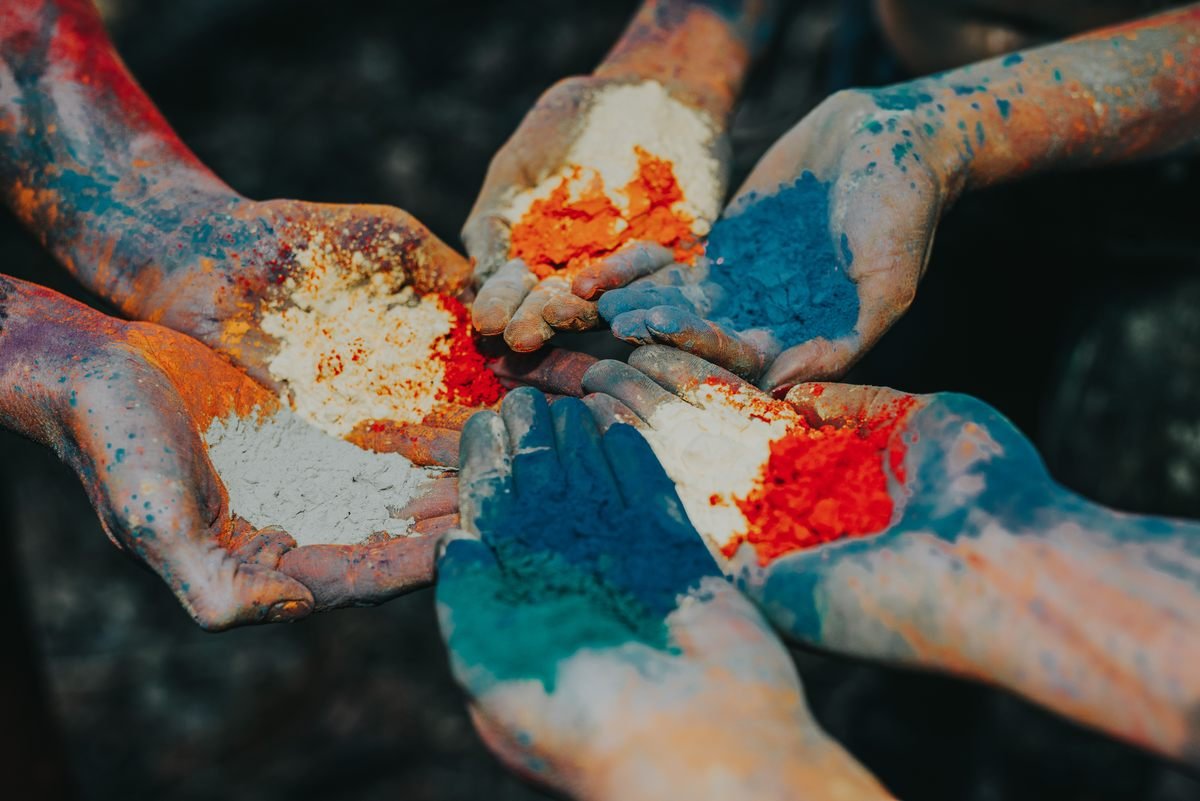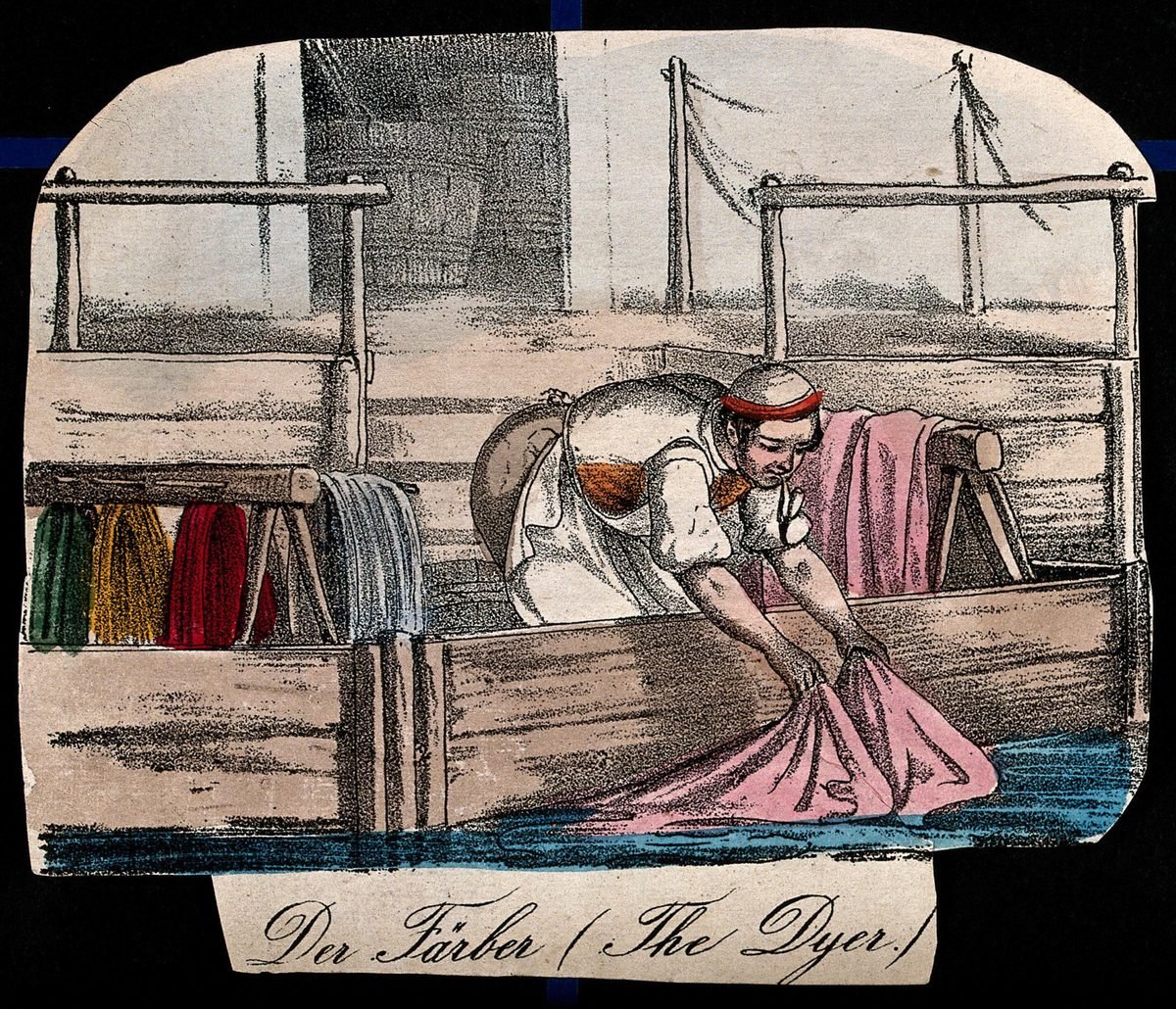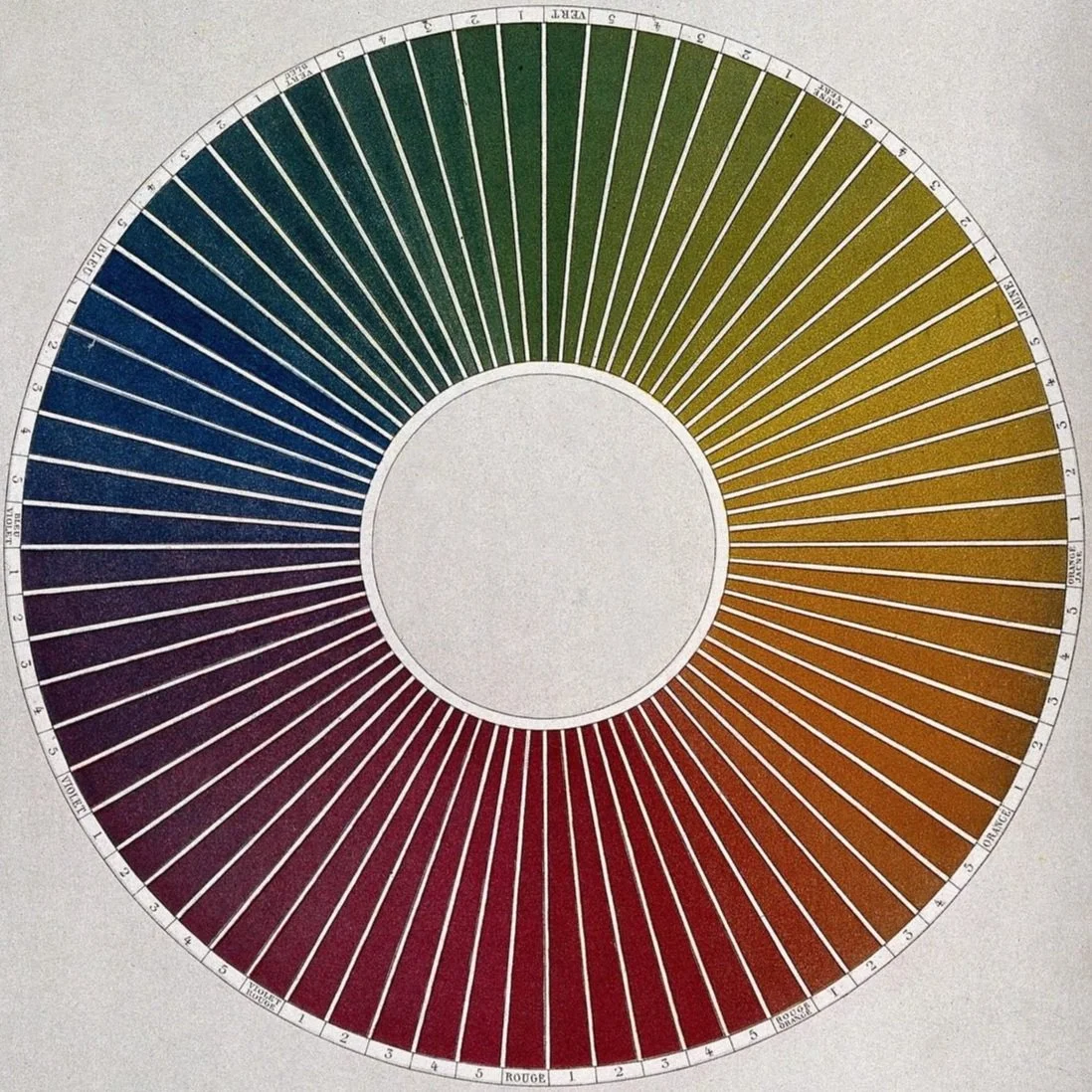
The history of color
Color is all of these things, but in this course, we’ll explore the ways in which color is above all social—a direct product of history and culture. Join historian Carolyn Purnell in tracing the long history of colors in an attempt to learn more about the present, and ultimately, about ourselves.
We’ll start in the ancient world, where the sky wasn’t blue and where one could use the same color word to describe honey, plants, and frightened human faces. Then we’ll pivot to the eighteenth and nineteenth centuries, when new color technologies threw the visual and social world into chaos. This so-called “color anarchy” gave rise to a new consumer wonderland as well as new forms of class upheaval, environmental destruction, and scientific racism. We will also investigate the modern phenomena of color trademarks, color forecasting, and color psychology, asking whether, for example, yellow really does connote sunshine and happiness. By the end of our time together, we’ll have a more nuanced understanding of the exceptional power colors have held across societies, and see how the meanings given to them aren’t as universal or timeless as we may have been led to believe.
What is color? An effect of the eye? Of the brain? Of nature itself?
This four-part lecture series explores colors as ever-changing social phenomena, tracing how they’ve evolved, taken on new meanings, and impacted societies throughout history.
-
Session 1: Whose Hue?
Color, as we know it, is a modern invention. This session will investigate the history of color prior to the 18th century and reveal the radical differences between our own assumptions about color and those of people in the past.
-
Session 2: The Color Revolution
The eighteenth and nineteenth century witnessed unprecedented technological, social, and economic changes that flooded streets with brilliant, cheap colors—some of which had never been seen before. Many people embraced this new colorful world, but others were afraid of the so-called “anarchy of color” that threatened to upend life as they knew it.
-
Session 3: Owning Color
Why were home appliances avocado green in the 1970s? Why were all major retailers pushing “millennial pink” a few years ago? Modern color is big business, and this session will cover color trademarks, the rise of color forecasting, and Pantone’s ascendancy. We’ll also discuss consumers’ evolving relationships with specific colors.
-
Session 4: Real and Imagined Colors
People often talk about color symbolism as if it’s universal (e.g. “red is passionate”), when, in fact, it’s culturally and historically specific. We’ll explore how modern color psychology came to be, how colors intertwine with our memories, and how, according to some philosophers, color could hold the key to world peace.



